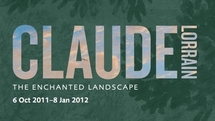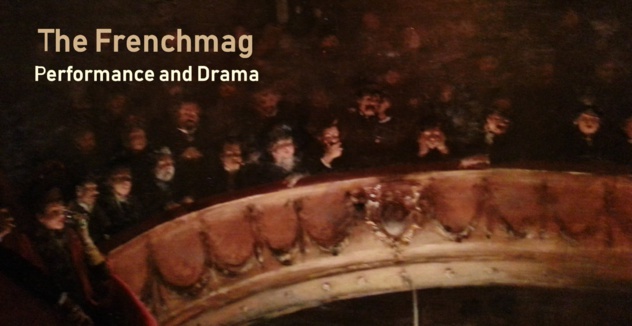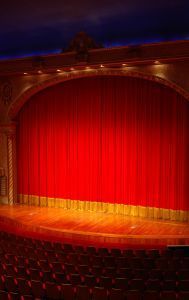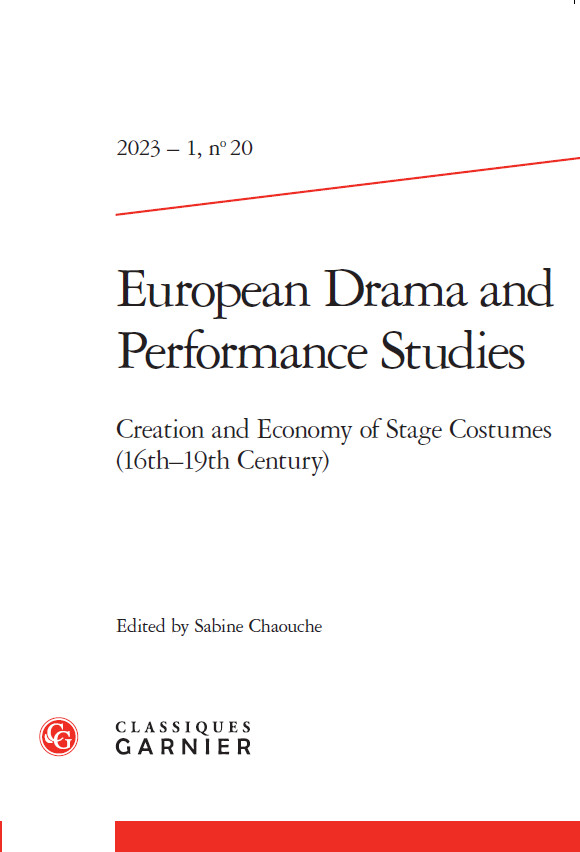Presentation by the Ashmolean Museum

Claude Lorrain’s contemporaries praised him as a “natural painter” above all else. No one before him had painted the majesty of trees or the magic of the morning and evening light in the countryside with such breathtaking poetry. His themes are often literary and his compositions theatrical but his response to nature is conveyed with such overwhelming feeling that the artifice is concealed and we are transported effortlessly back into a Romantic landscape of ancient ruins and river valleys. This mastery of natural effects was based upon drawings made during frequent walks along the River Tiber and elsewhere in the Roman Campagna. These include several of the freshest studies of the natural world in existence. Claude was not an academic artist and his approach was eccentric. His habit of reworking his preparatory studies has resulted in a number of drawings which are sometimes perplexing. Claude was one of the great innovators although the enormous reputation which he once enjoyed as a classic painter and the influence of his work on generations of landscape artists has made this less obvious than it was in his lifetime. This is true, above all, in Britain. Much British parkland has been laid out in the manner of his paintings and many country houses are well stocked with his original paintings and copies. Two-thirds of his paintings were, at one time, in Britain and even today, when much has been sold abroad, over 40% of his drawings remain in the British Museum.
As a result he has become one of the best known of great artists, but the least understood. This exhibition will enable visitors to see him again with fresh eyes.
Source: Susie Gault
As a result he has become one of the best known of great artists, but the least understood. This exhibition will enable visitors to see him again with fresh eyes.
Source: Susie Gault




